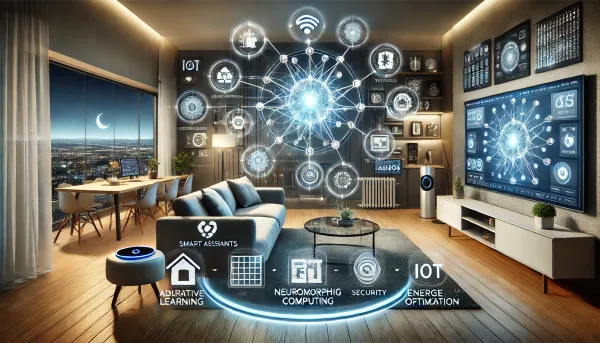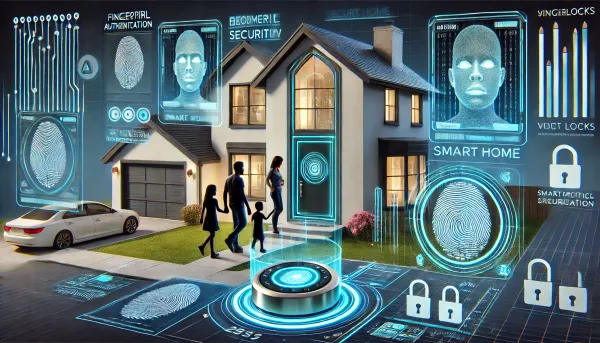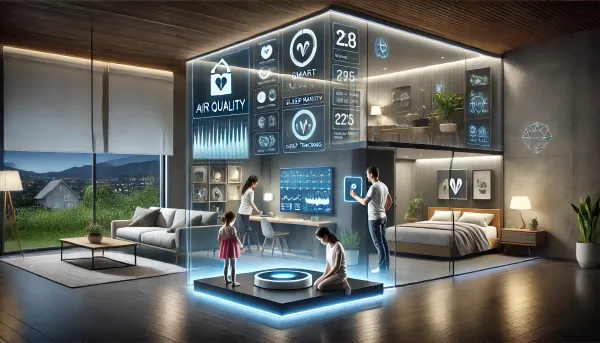Smart Home for the Elderly: Safety and Convenience

The advent of smart home technology has not only made our lives more convenient but also safer. This is especially true for the elderly, who can benefit immensely from devices designed to assist them in daily tasks and emergency situations. This article explores how smart home technologies can offer both safety and convenience for older adults, focusing on devices like fall detectors and medication reminders.
Introduction
As the population ages, the need for solutions that can make life easier and safer for the elderly becomes increasingly important. Smart home technology offers a range of devices that can help older adults maintain their independence while ensuring their safety. From fall detectors to medication reminders, let's delve into how these technologies can make a difference.
Safety First: Devices that Protect
1. Fall Detectors
Falls are a leading cause of injury among the elderly. Smart fall detectors can alert family members or medical professionals when a fall occurs, ensuring timely medical attention.
2. Smart Cameras
Security cameras with facial recognition can identify caregivers and family members, alerting the homeowner of unfamiliar faces.
3. Emergency Response Systems
Voice-activated devices can call for help in emergency situations, offering an extra layer of protection.
Convenience: Making Daily Life Easier
1. Medication Reminders
Smart dispensers can remind seniors when it's time to take their medication, reducing the risk of missed doses or overdosing.
2. Smart Lighting
Automated lighting systems can adjust based on time of day or activity, making it easier for older adults to navigate their homes.
3. Voice Assistants
Voice-controlled devices can perform a variety of tasks, from setting reminders to playing music, all through simple voice commands.
Challenges and Considerations
1. Technology Learning Curve
While smart home devices offer numerous benefits, they also come with a learning curve that might be challenging for some seniors.
2. Privacy Concerns
Smart devices often collect data, raising concerns about privacy and data security.
3. Cost
The initial setup and ongoing maintenance of smart home devices can be costly, making them less accessible for some seniors.
Choosing the Right Devices
1. User-Friendly Design
Opt for devices that are easy to use and come with straightforward instructions.
2. Reliability
Choose devices from reputable manufacturers that offer good customer support.
3. Customization
Look for devices that can be customized to meet the specific needs of the elderly person using them.
Conclusion
Smart home technology offers a plethora of options for enhancing the safety and convenience of older adults. From fall detectors that can save lives to medication reminders that ensure health, these devices are an excellent investment for anyone looking to make life easier for the elderly. However, it's crucial to consider the user's comfort level with technology, privacy concerns, and budget when choosing the right devices.





